What’s the Buzz
The Bee Healthy Blog
What Kills Seborrheic Dermatitis?

Seborrheic dermatitis is a relatively common skin condition. Approximately 11% of people develop seborrheic dermatitis. It occurs most frequently in infants under three months and adults 30 to 60 years of age. Men are affected more than women, and Caucasians more than African Americans. Medications can help to manage the symptoms of this common skin condition. Please continue reading to learn more about effectively treating seborrheic dermatitis.
What is seborrheic dermatitis?
The word seborrheic refers to sebaceous glands (oil glands) in the skin. Dermatitis means skin inflammation.
Seborrhoeic dermatitis is a common skin disease that mainly affects the scalp. Sometimes, seborrheic dermatitis appears on other parts of the body where there is greasy skin, such as the face, forehead, eyebrows, eyelids, nose, behind the ears, upper chest, under the breasts, upper back, around the belly button, in the creases of the arms and legs, and the groin.
There may be many causes of this common skin condition; seborrheic dermatitis can result from genetic and environmental components. Overgrowth of malassezia yeast, an organism typically found on the skin’s surface, can trigger a flare. When malassezia yeast overgrows, our immune system may overreact, leading to a rash and itchy skin.
Even though seborrheic dermatitis is a chronic (ongoing) skin condition, sometimes it goes away without any treatment. When flare-ups happen, medicated shampoos and other topical products are generally effective at alleviating the symptoms and may even prevent flare-ups.
It is always a good idea to be examined by a doctor. Symptoms such as itchy, inflamed skin, silvery white scales, flakiness, and peeling skin can be symptoms of psoriasis, which can happen at the same time as seborrheic dermatitis.
What are the symptoms of severe seborrheic dermatitis?
- Dry, flaking skin or dandruff that comes loose with scratching; this can happen on any part of your body.
- Severe dandruff on the scalp, beard, mustache, and eyebrows.
- White or yellow, greasy scales or crust covering patches of greasy skin.
- Flaky patches on your chest and at your hairline.
- Skin rash that appears red on lighter/white skin and darker or lighter on darker skin.
- A ring-shaped rash in petaloid seborrheic dermatitis.
- Itchy skin.
Is seborrheic dermatitis bacterial or fungal?
Seborrheic dermatitis is believed to be a fungal infection caused by a yeast called Malassezia. However, the exact cause is unclear. The condition may be due to oily skin, genetic factors, or immune system dysfunction. You can experience flare-ups of seborrheic dermatitis due to the following exacerbating factors:
- Stress
- Fatigue
- During recovery from surgery or severe medical conditions like a heart attack or spinal cord injury
- Changes in season (cold, dry climate can be a trigger)
- Mental health problems like depression or eating disorders
- Medical conditions involving the nervous system
- Immune system disorders
- Increased skin lipids
- Increased androgens in the body
- Use of alcohol-based lotions
- History of skin conditions like acne, psoriasis, and rosacea
Is seborrheic dermatitis caused by poor hygiene?
No, seborrheic dermatitis is not caused by poor hygiene. Also, it is not contagious. And it does not cause permanent hair loss.
What’s the difference between dandruff and seborrheic dermatitis?
Dandruff (pityriasis capitis) is considered a mild form of seborrheic dermatitis. Both conditions cause flaking skin and whitish or yellowish scaly patches.
However, dandruff only develops on the scalp, whereas seborrheic dermatitis can affect other areas of the body. Also, unlike dandruff, seborrheic dermatitis causes an inflammatory response such as swelling, discolored skin, and other skin changes.
A dandruff shampoo may be able to treat seborrheic dermatitis. Keep in mind that people experience various levels of severity with this chronic form of eczema. Therefore, you may need additional medications from your doctor to treat seborrheic dermatitis if you have severe symptoms. Your dermatologist can make an accurate diagnosis with a skin biopsy.
Are cradle cap and seborrheic dermatitis the same thing?
Seborrheic dermatitis in infants is called cradle cap. It causes oily, crusty, or scaly patches on a baby's scalp that are difficult to remove. However, it is not painful and shouldn’t itch, but further skin inflammation can be caused by scratching. The affected skin typically clears on its own in a few weeks. Daily use of a mild baby shampoo can help to loosen the scales. The baby’s pediatrician may recommend a medicated shampoo or other treatment if the cradle cap is severe.
Note: Cradle cap should not be confused with another common skin condition in infants called atopic dermatitis, which causes significant itching.
How do you get rid of seborrheic dermatitis fast?
The fastest way to get rid of seborrheic dermatitis is with a prescribed medicated shampoo, cream, or lotion. Treatment options for seborrheic dermatitis include:
- Topical antifungals (gels, creams, foams, lotions, and shampoos) such as ciclopirox (Loprox) or ketoconazole (Nizoral). You may alternate between various products. Use the antifungal medications daily or 2-3 times a week for up to 8 weeks until symptoms clear.
- Topical corticosteroids (creams, lotions, ointments, and shampoos) that control inflammation, such as betamethasone valerate (Luxiq), clobetasol (Clobex, Temovate), and fluocinolone (Capex) or fluocinolone solution (Synalar). These products are effective at clearing symptoms if antifungal medications have not been adequate. However, you should not use topical steroids for a long time without any break, as it can lead to skin discoloration and skin thinning.
- Topical calcineurin inhibitors (creams or ointments) such as pimecrolimus(Elidel) or tacrolimus (Protopic). These medicines have fewer side effects than steroids. However, there are concerns about a possible link to cancer, so they are not the first line of treatment. Also, these medicines are more expensive than steroids.
- Oral medications (antifungal medication in pill form) for severe symptoms of seborrheic dermatitis.
- Phototherapy to decrease the inflammatory reaction in severe cases of inflamed skin.
What are some over-the-counter treatments for seborrheic dermatitis?
Most people who develop seborrheic dermatitis do not need prescription medications. If the condition is mild, simply changing your hair grooming and skincare routine to keep oily areas under control may help.
An at-home treatment plan for seborrheic dermatitis can also include over-the-counter medicated anti-dandruff products containing ingredients like selenium sulfide (Selsun Blue, Head & Shoulders), pyrithione zinc (Head & Shoulders, DermaZinc, others), ketoconazole 1% (Nizoral A-D), salicylic acid (DHS Sal, Denorex, others), and tar (DHS Tar, Denorex Extra Strength, others).
You can use these medicated shampoos every day or 2-3 times a week for several weeks. Once your symptoms clear, you can use the medicated shampoo once every 1-2 weeks to prevent flare-ups. Keep in mind that tar- and selenium-sulfide-containing shampoos can cause discoloration of light-colored hair. If you find that your anti-dandruff product is ineffective, try alternating between two or more products. Also, make sure you leave the shampoo in for the recommended time on the product label to allow it to work.
Other treatments can include over-the-counter products such as hydrocortisone-containing products (Scalpicin Scalp Itch) or antifungal cream (ketoconazole) to control symptoms in affected areas.
Can home remedies help with symptoms of seborrheic dermatitis?
The following strategies may help control flaky patches and other symptoms of seborrheic dermatitis on your scalp and other areas of the body. If symptoms persist, consult your healthcare provider.
- Apply mineral oil, olive oil, or peanut oil to your scalp for 1-3 hours before shampooing. This may help to dislodge the greasy scales of stubborn dandruff.
- Wash your skin with warm - not hot - water, pat it dry, and apply a fragrance-free moisturizer.
- Avoid the use of styling products during ongoing treatment until the symptoms clear.
- Avoid the use of alcohol-based skin and hair products which can cause flare-ups.
- Remember to shampoo facial hair (beard or mustache) regularly.
- Clean your eyelids and other oily areas of the face gently with a cotton swab or damp cloth to remove scales.
- Alternative therapies like tea tree oil or aloe vera gel on the affected area.
References:
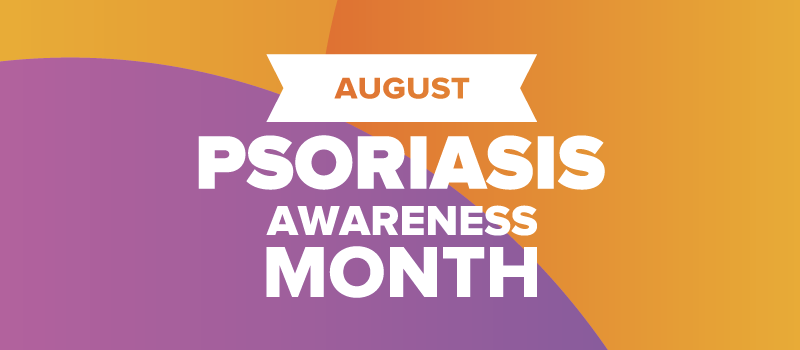
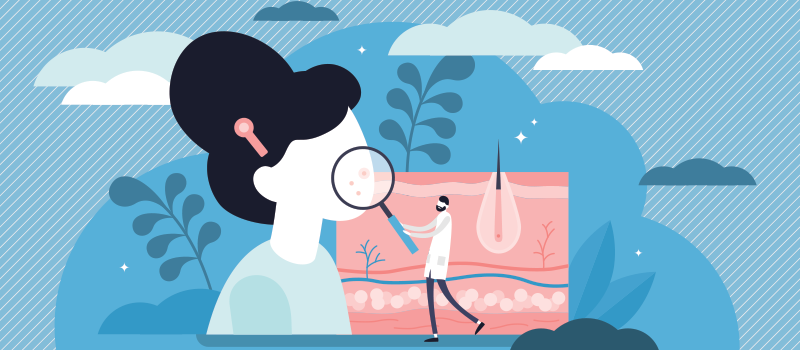

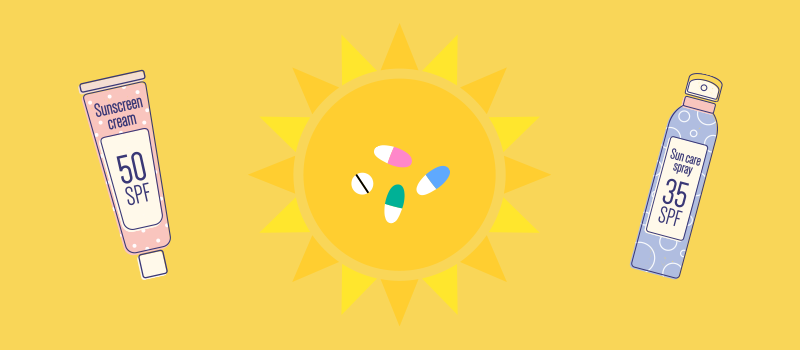

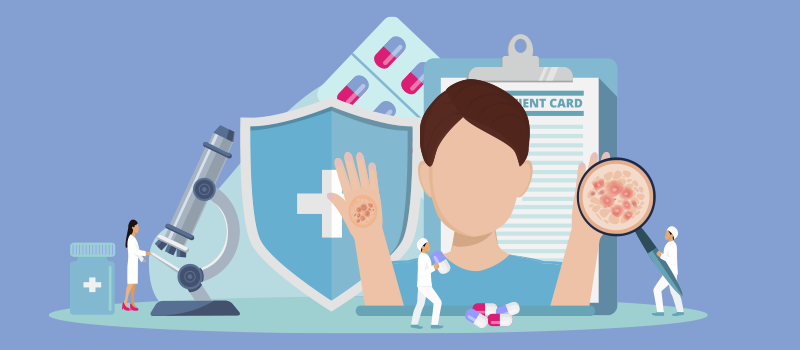

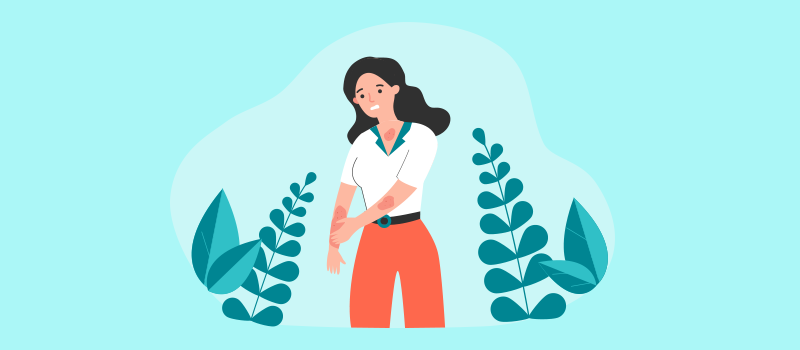




SOCIAL